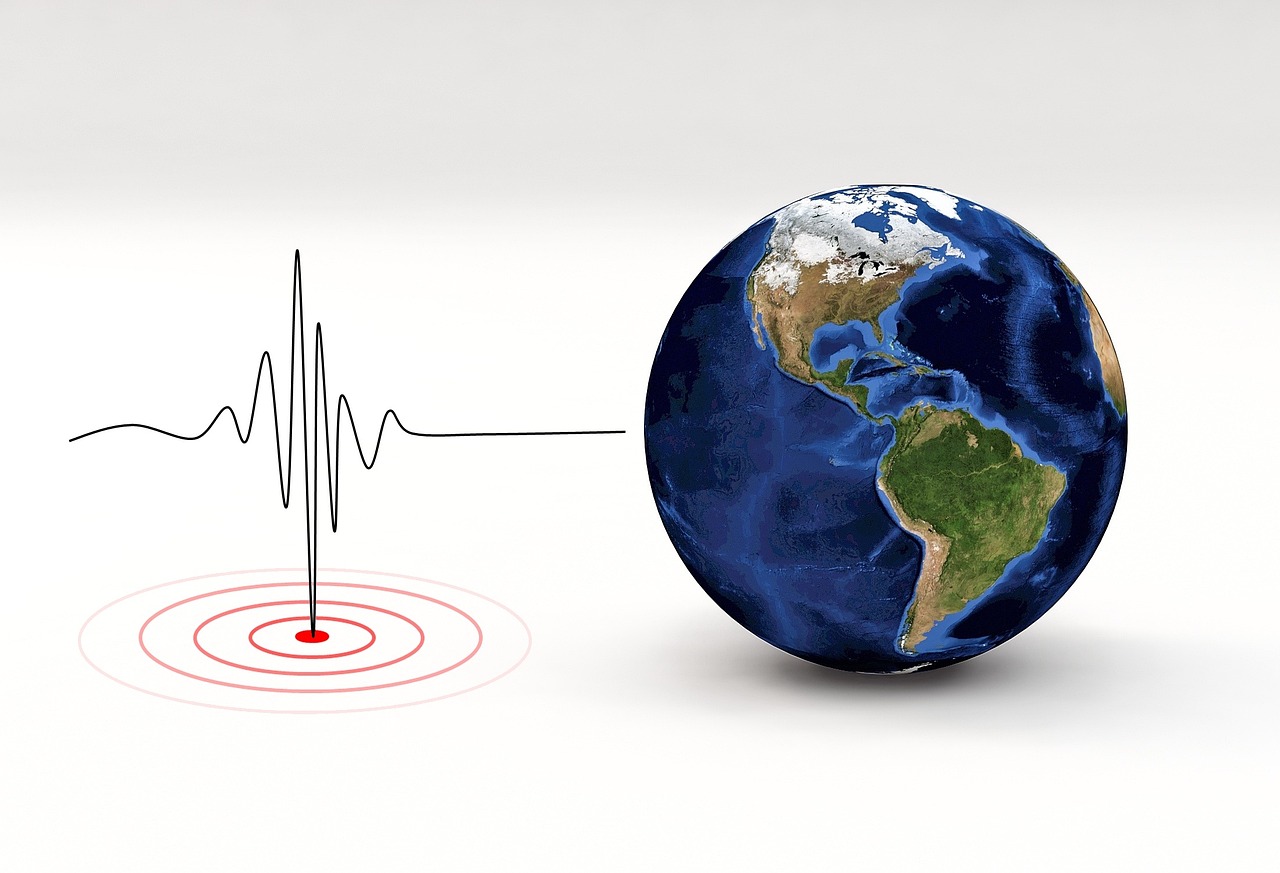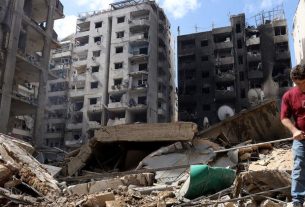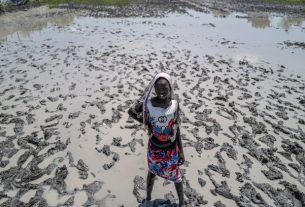May 17, 2025 – Lima, Peru — A magnitude 6.0 earthquake struck central Peru early Saturday, May 17, 2025, at 10:22 UTC (5:22 a.m. local time), according to the U.S. Geological Survey (USGS). The quake occurred at an intermediate depth of 92 kilometers (57 miles), with the European-Mediterranean Seismological Centre (EMSC) reporting the same magnitude and depth.
The earthquake’s epicenter was located approximately 6.6 kilometers (4.1 miles) west of San Pedro, 8.3 kilometers (5.2 miles) south-southwest of Puquio (population: 10,491), 84 kilometers (52 miles) east of Nazca (population: 23,556), and about 180 kilometers (113 miles) south of Ayacucho (population: 140,033), in the Ayacucho region.
Though the quake was widely felt across central Peru, the USGS issued a Green alert for potential fatalities and economic losses, indicating a low likelihood of significant damage or casualties. An estimated 570,000 people experienced light shaking (Intensity IV), while over 1.2 million felt weak shaking (Intensity II–III).
The affected area includes a mix of small towns and rural highland communities. Urban centers such as Puquio are moderately populated, while the surrounding regions are more sparsely inhabited. The area connects to the Pan-American Highway via major inland roads, notably the PE-30A, which links Nazca with Puquio and Ayacucho.
While the risk of immediate damage is low, authorities note that the region’s building stock remains vulnerable to seismic activity. Many structures are constructed from mud walls or confined masonry, which are especially susceptible to shaking. Although some earthquake-resistant buildings exist, overall resilience remains limited.
The region is also prone to secondary earthquake-related hazards, such as landslides, which have historically exacerbated the impact of seismic events in Peru’s Andean terrain.
Peru lies along the convergent boundary between the subducting Nazca Plate and the South American Plate—one of the most active seismic zones in the world. Tectonic activity along this plate boundary frequently results in powerful earthquakes throughout the country.
As of now, there are no reports of casualties or major structural damage. Authorities continue to monitor the situation, and residents are advised to remain alert to potential aftershocks and secondary hazards.


